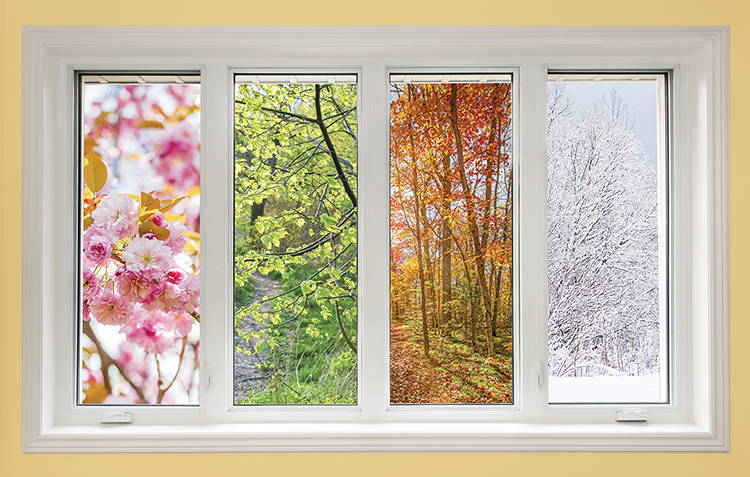Wouldn’t it be nice to have a Maine-based heating budget that does not involve putting on another sweater? As we look at another season of peak heating oil prices, many people are evaluating ways to make their homes more energy efficient, and upcoming tax credits (part of the Inflation Reduction Act) will possibly help you fund a few different projects.
MAKING A BUDGET
While the current federal savings program remains in place for 2022, starting next year and through 2032, homeowners will be able to claim a tax credit for 30 percent of the cost of qualified projects to make their home more energy efficient. Claims can be made each qualifying year, with an annual cap of $1,200 and a lifetime cap of $14,000 in credits. According to analysis from personal finance publication Kiplinger’s, these are some of the best federal tax credit improvements in the bill:
• $150 for home energy audits
• $250 for one or $500 total for all exterior doors
• $600 for exterior windows and skylights
• $2,000 for electric or natural gas heat pump water heaters, electric or natural gas heat pumps, and biomass stoves and boilers. For this category, the $1,200 annual cap will be waived.
Combine these credits with the state-level rebate programs offered at Efficiency Maine and you could be receiving five figures in rebates and tax credits for energy efficient upgrades for your home’s exterior, insulation, heating sources or appliances.

CHOOSING WINDOWS
According to the Department of Energy, windows account for 25 to 30 percent of a home’s heating and cooling use, which is about the same proportional amount of money that Energy Star certified windows will save you on your heating and cooling bills (20 to 30 percent). Now, here’s your vocabulary word of the day: fenestration, the architectural term for how windows, doors and skylights are arranged on a building. The National Fenestration Rating Council, an independent nonprofit, certifies Energy Star products, the kind you need to be installing or buying to qualify for these savings.
In cold and hot Maine, the ideal window would be double-paned, filled with argon gas, and finished with a low-e coating to reduce heat loss. You also want a window rated with a low U-factor and a low solar heat gain coefficient (SHGC) in order to reduce heat intake in the summer.
CHOOSING DOORS
“I love my windows, but I’m in love with my storm door,” says Kate McGrath of The Maine Window Company. McGrath recommends front and back storm doors as both a layer of cold air protection and an easy way to air out the house when the weather warms up. McGrath has a self-storing storm door made by Larson and installed by her coworkers. It switches between insulated glass panel and screen, with the spare sliding back into the door’s structure. “I had a triple sash old one, so self-storing doors are like magic to me,” McGrath adds.
REPAIR BEFORE REPLACING
The most cost-effective window treatment might be a DIY repair before a replacement. If you have drafts around windows that are in otherwise good shape you can caulk and/or weatherstrip, hang heavy duty curtains or other window coverings, or insert storm windows or interior panels. Solar control film and exterior shading, like awnings can help control heat in the summer.
IT’S ALSO ABOUT LOOKS

Entrance of a house with glass storm door over the white door with hanging flower decoration Shutterstock
Realtor.com says window replacements are one of the most cost-effective improvements you can make to your home because they provide energy savings while transforming your home’s exterior. New colors, sleeker frames, improved sound dampening and of course, lower energy bills, will give you everyday satisfaction and all add up to greater values in curb appeal and quality when it is time to sell.

Comments are not available on this story.
Send questions/comments to the editors.


